
USS Arizona Memorial: What to Expect from Your Visit to Pearl Harbor
1,177. That’s the number of lives lost on the USS Arizona on the day that would forever live in infamy. Today, the USS Arizona Memorial pays tribute to these lives

1,177. That’s the number of lives lost on the USS Arizona on the day that would forever live in infamy. Today, the USS Arizona Memorial pays tribute to these lives

During the heyday of whaling in Nantucket in the 18th and 19th centuries, the wives of intrepid sailors would often find themselves gazing out to sea, their hearts filled with
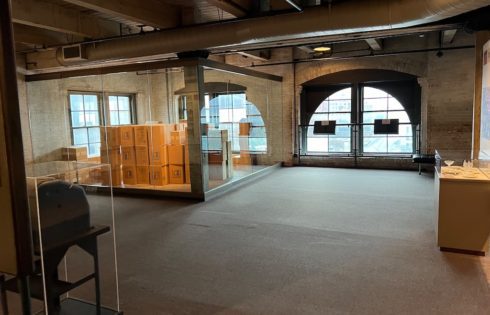
Dallas has carried the weight of its connection to one of the most pivotal moments in American history — the assassination of President John F. Kennedy. At the heart of

One of the must-see attractions when visiting Pearl Harbor in Hawaii is the USS Bowfin submarine. It’s one of the only places where you can actually go inside the tight

Plymouth, Massachusetts, is where early American history comes to life. From the legendary Plymouth Rock to the living history at Plimoth Patuxet Village, there’s no shortage of colonial-era highlights. But
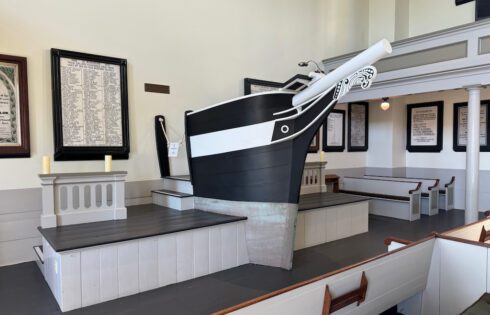
New Bedford, Massachusetts, has a fascinating link to the whaling lore, notably through the iconic novel “Moby Dick.” One must-visit spot to delve into this maritime history is the Whaling
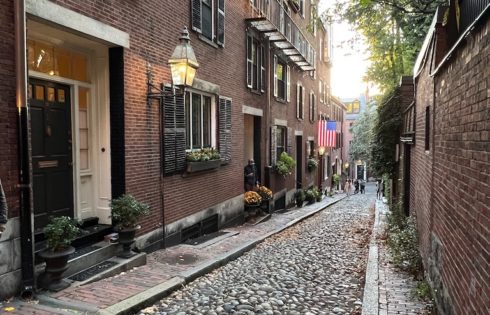
Tucked away in one of Boston’s most charming neighborhoods lies a tiny street that has captured the hearts—and cameras—of travelers from around the world. Acorn Street in Beacon Hill isn’t
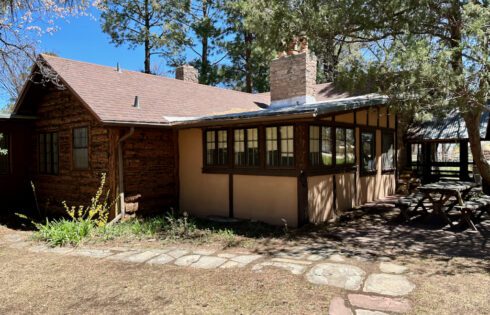
If you have a fascination for the history of the nuclear era, then a visit to Los Alamos is an absolute must. Nestled among stunning mesas and canyons, this town
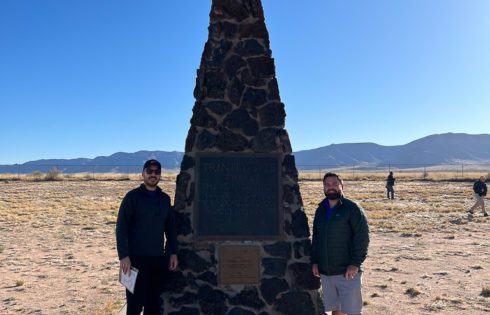
After years of exploring historical sites for this blog, I’ve never experienced anything quite like the Trinity Site in New Mexico. Hidden deep in the desert and rarely open to

Before JFK’s fateful motorcade through Dallas, he spent one final night at a hotel in Fort Worth — and we stayed there. As part of our journey to document the
| Cookie | Duration | Description |
|---|---|---|
| cookielawinfo-checkbox-analytics | 11 months | This cookie is set by GDPR Cookie Consent plugin. The cookie is used to store the user consent for the cookies in the category "Analytics". |
| cookielawinfo-checkbox-functional | 11 months | The cookie is set by GDPR cookie consent to record the user consent for the cookies in the category "Functional". |
| cookielawinfo-checkbox-necessary | 11 months | This cookie is set by GDPR Cookie Consent plugin. The cookies is used to store the user consent for the cookies in the category "Necessary". |
| cookielawinfo-checkbox-others | 11 months | This cookie is set by GDPR Cookie Consent plugin. The cookie is used to store the user consent for the cookies in the category "Other. |
| cookielawinfo-checkbox-performance | 11 months | This cookie is set by GDPR Cookie Consent plugin. The cookie is used to store the user consent for the cookies in the category "Performance". |
| viewed_cookie_policy | 11 months | The cookie is set by the GDPR Cookie Consent plugin and is used to store whether or not user has consented to the use of cookies. It does not store any personal data. |
